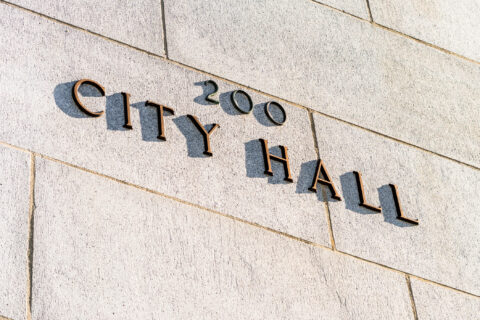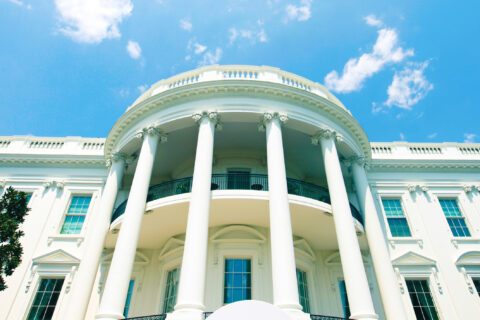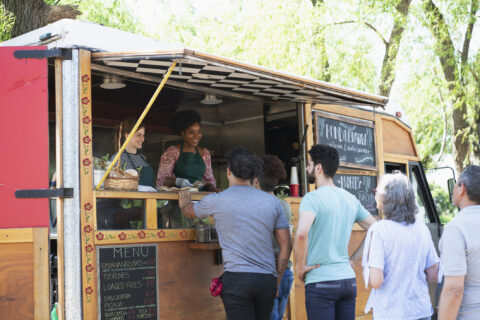With the start of the new school year, cities across the country are working with their school districts to help students as young as kindergartners and their families understand how their local leaders are investing in their future success. They are doing this by helping youth claim their children’s savings accounts.
Children’s Savings Account programs (CSAs) are long-term savings or investment accounts designed to help youth save for postsecondary education. Cities nationwide have staff that manage these programs day-to-day, developing partnerships and securing funding to make sure that each student has dedicated funding from the community at large through their K-12 journey. These efforts help youth pay for some of their education after high school, have the ability to better take on financial challenges via wraparound supports and explore potential career paths.
Cities like San Francisco are seeing the impact that their program is having on their youth. Others, like Rochester, NY, are just getting started because they see the value and opportunity that these programs can bring. A study of San Francisco’s Kindergarten to College (K2C) College Savings Program participants from the high school class of 2022 found that during the first fall semester, college enrollment rates increased 6% and that the gains were driven by a 12% increase among underrepresented students. These findings offer a glimpse of some of the impacts that investments in CSAs could have on cities. With future research from San Francisco and others, we will learn even more in the coming years about what these programs have meant to the youth and the local workforce.
Trump Accounts: What You Need to Know
With the passage of the One, Big, Beautiful Bill Act (OBBB), Congress has authorized savings accounts for all children. This new savings option is called Trump Accounts. With the introduction of this new option, cities should consider whether they are the best investment to focus on because of their current design challenges (e.g., difficulty targeting investment at low-income youth or youth within just one municipality) in comparison to CSAs.
What Are Trump Accounts?
- Trump Accounts are a retirement account, restricted to only children and parents with Social Security numbers.
- Caregivers with children born from 2008 to 2024 can voluntarily open an account.
- Children born from 2025 to 2028 would have their accounts automatically created and seeded with a one-time deposit of $1,000 from the federal government. The one-time deposit would be invested in a diversified fund that tracks a U.S. stock index. OBBB only allows the federal investment to run through December 2028.
- Families and friends can contribute up to $5,000 after tax into each account, and employers would have the opportunity to provide up to $2,500 in pre-tax dollars to each account. Additionally, an unlimited amount of funds could be put into accounts via pre-tax dollars through general contributions.
- General contributions could come from nonprofits, cities, states or philanthropic organizations, subject to certain restrictions (e.g., contribution amounts must be equal, and if focusing on a specific location, the geography would require at least 5,000 youth with accounts).
- Once the young person turns 18, they could use the money to purchase a home, advance their education, start a business or save for their retirement.
Key Considerations
- Is investing in all youth critical to your community?
- Trump Accounts are only available for youth and their caregivers with Social Security numbers, as compared to CSA programs or 529 plans that, at times, only require an Individual Taxpayer Identification Number (ITIN) for caregivers.
- Should youth from low-income families receive additional support?
- As currently written, any contributions made to Trump Accounts from a city would require that the contribution amount be equal. Some CSA programs and 529 state plans offer additional investments for participants in the WIC program or those receiving free or reduced-price lunch.
- Is investing in education critical to your community workforce pipeline?
- Trump Accounts allow youth more ways to spend the investment once they turn 18, as compared to CSA programs, where the focus is on education after high school.
Potential Challenges of Trump Accounts for Cities
Trump Accounts could confuse residents who are already using CSAs or leveraging state 529 plans when investing in their child’s post-secondary education. For cities that are operating CSAs, they will undoubtedly receive questions from residents about how these new accounts might impact or connect with ongoing local efforts. For a city’s long-term planning, this new savings option could create questions on which products to share with their residents and where they should direct fundraising efforts. Additionally, potential opportunities arise as cities think about their role as model employers and the benefits package that they offer their staff. Explore a fact sheet from the Asset Funders Network (AFN) that breaks down key savings programs for youth (PDF).
Next Steps
In the coming months, the U.S. Department of the Treasury will put forward a request for proposals from vendors who would manage the accounts and create regulations to provide guidance on general contribution details, specific geography clarifications and the impact of the Saver’s Credit. Additionally, as cities consider supporting investments in Trump Accounts as an additional benefit for their staff, guidance will be needed to better understand the impact of the Employee Retirement Income Security Act of 1974 (ERISA) on the accounts and any employer tax benefits.
Local leaders can raise the visibility of any of these products and help their residents and staff claim the resources that are being offered. However, considerations should be made when thinking about how to support youth from low-income families and how to build a true workforce development pipeline for all youth. CSAs or leveraging state investments in 529 accounts could offer more flexibility for youth, as well as allow cities the opportunity to ensure that the investments they are making are focused on advancing children’s education after high school.
Connect with NLC’s Economic Opportunity and Financial Empowerment team to discuss the options your city can support to increase savings for education after high school for your residents, or how this work could support your staff via eofe@nlc.org.
Learn How San Francisco is Boosting College Enrollment for All Youth
Hear from Treasurer José Cisneros of the City and County of San Francisco to learn more about how San Francisco is working to increase their college enrollment rates. Learn from their experience with child savings accounts about what could work for your residents.









